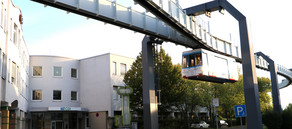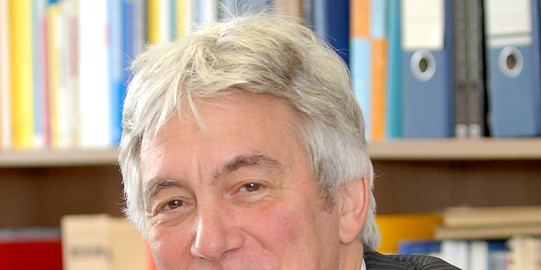PeSs - Developing Potential – Strengthening Schools. A research and development project in the Ruhr region
Developing Potential – Strengthening Schools was a joint project of the University of Duisburg-Essen and the Institute for School Development Research at the TU Dortmund University. It was carried out in cooperation with the Quality and Support Agency - State Institute for Schools NRW and funded by the Mercator Foundation.
Funding

Project description

In the research part, the aim was to identify interactions between contextual conditions outside the school and process factors within the school for the quality development of schools in challenging situations. Based on this, evidence-based school development processes were initiated within the development part through inter-school networking (school networks) as well as customised counselling and further training offers in the project schools. In addition, it was planned to transfer the knowledge gained to other contexts (e.g. the regular further training system).
The project has a duration of almost six years (1/2014-9/2019). The project design can be roughly divided into four phases: The school selection phase (1), the survey of the initial situation in the project schools (2), the school development work (3) and the final survey or evaluation of the implemented school development measures (4). In the first phase of the project, 36 secondary schools from the Rhine-Ruhr metropolitan region decided to advance their own school development work within the framework of the project (phase 1). In order to elicit the actual needs and strengths of the project schools for the compilation of topic-related networks and the provision of support measures, a comprehensive survey of all stakeholders in the participating schools took place in the second phase of the project. The information gathered in this way forms the basis for the network composition and for the development themes to be worked on in the networks (phases 3 and 4). Schools with similar development profiles, needs and interests are brought together in supra-regional networks and work cooperatively on their development priorities there.
The participating schools were thus given the opportunity to exchange information with those involved about already established pedagogical approaches and to jointly develop and test new strategies or further develop existing approaches. The network work was supported by counselling measures and internal school training offers, which are tailored to the needs of the individual schools. In addition, school observations were carried out and expert lectures on relevant topics were offered.
Lead researcher at IFS
Project management
- Dr. Ilse Kamski
- Dr. Annika Hillebrand
Project team
- Eva Kamarianakis
- Lisa Brücher
External project partners
- Prof. Dr. Isabell van Ackeren (Lead researcher)
- Dr. Nina Bremm (Project coordination)
- Dr. Stephan Drucks (Project team)
- Julia Niemann (Project team)
- Sabrina Rutter (Project team)






![[Translate to English:] [Translate to English:]](/storages/ifs-ep/_processed_/8/5/csm_AdobeStock_412860748_9a2dbb816c.jpeg)
